Grand Canyon (Arizona)
Few places on Earth inspire as much awe as Arizona's Grand Canyon. This massive chasm, carved over millions of years by the Colorado River, stretches for 277 miles and plunges to depths of over a mile.
The sheer size and beauty of the canyon are breathtaking, with its layers of red rock revealing a rich geological history. Visitors can witness stunning sunsets that paint the canyon in hues of orange and purple, a sight that remains etched in memory.
From the South Rim's accessible vistas to the more rugged North Rim, each viewpoint offers a unique perspective. Whether hiking the trails or taking in the views from above, the Grand Canyon never fails to impress.
Yosemite National Park (California)
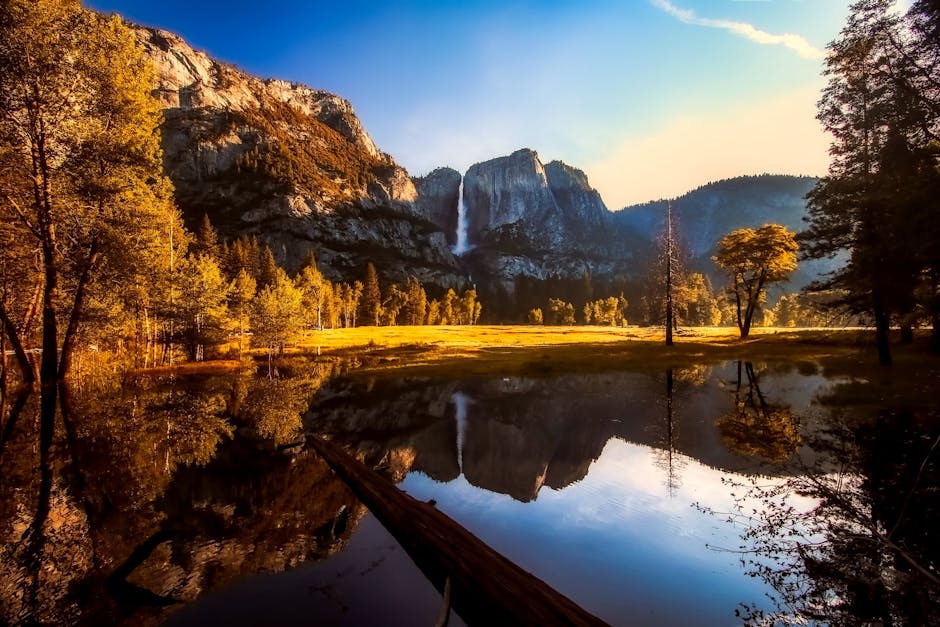
Yosemite National Park in California is a testament to nature's grandeur. Dominated by towering granite cliffs like El Capitan and Half Dome, the park is a haven for rock climbers and nature lovers alike.
Waterfalls cascade down these majestic cliffs, with Yosemite Falls being among the tallest in North America. The park's diverse ecosystems range from lush meadows to ancient sequoia groves, home to some of the world's largest trees.
Wildlife like black bears and bobcats roam the park, adding to its wild allure. Whether you're exploring the valley floor or hiking to Glacier Point, Yosemite offers endless opportunities for adventure and reflection.
Mount Rushmore (South Dakota)
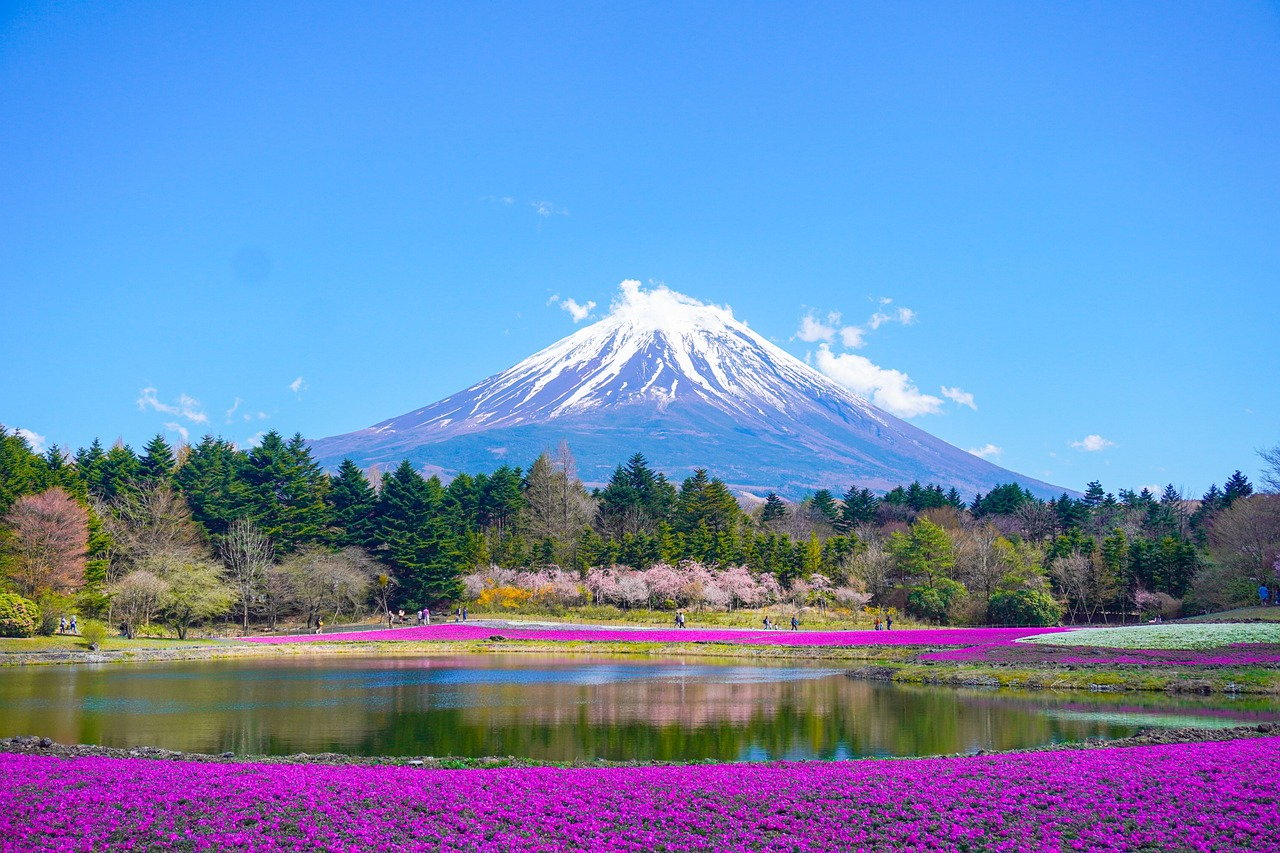
Carved into the granite face of the Black Hills, Mount Rushmore is an iconic symbol of American history. S.
presidents: George Washington, Thomas Jefferson, Theodore Roosevelt, and Abraham Lincoln. Each face measures approximately 60 feet high, a testament to the skill and vision of sculptor Gutzon Borglum.
Beyond its historical significance, the surrounding landscape offers beautiful trails and wildlife viewing opportunities. The monument draws millions of visitors each year, eager to witness this incredible blend of art and nature.
Standing beneath these monumental faces, one can't help but feel a deep connection to the country's past.
Lake Tahoe (California/Nevada)
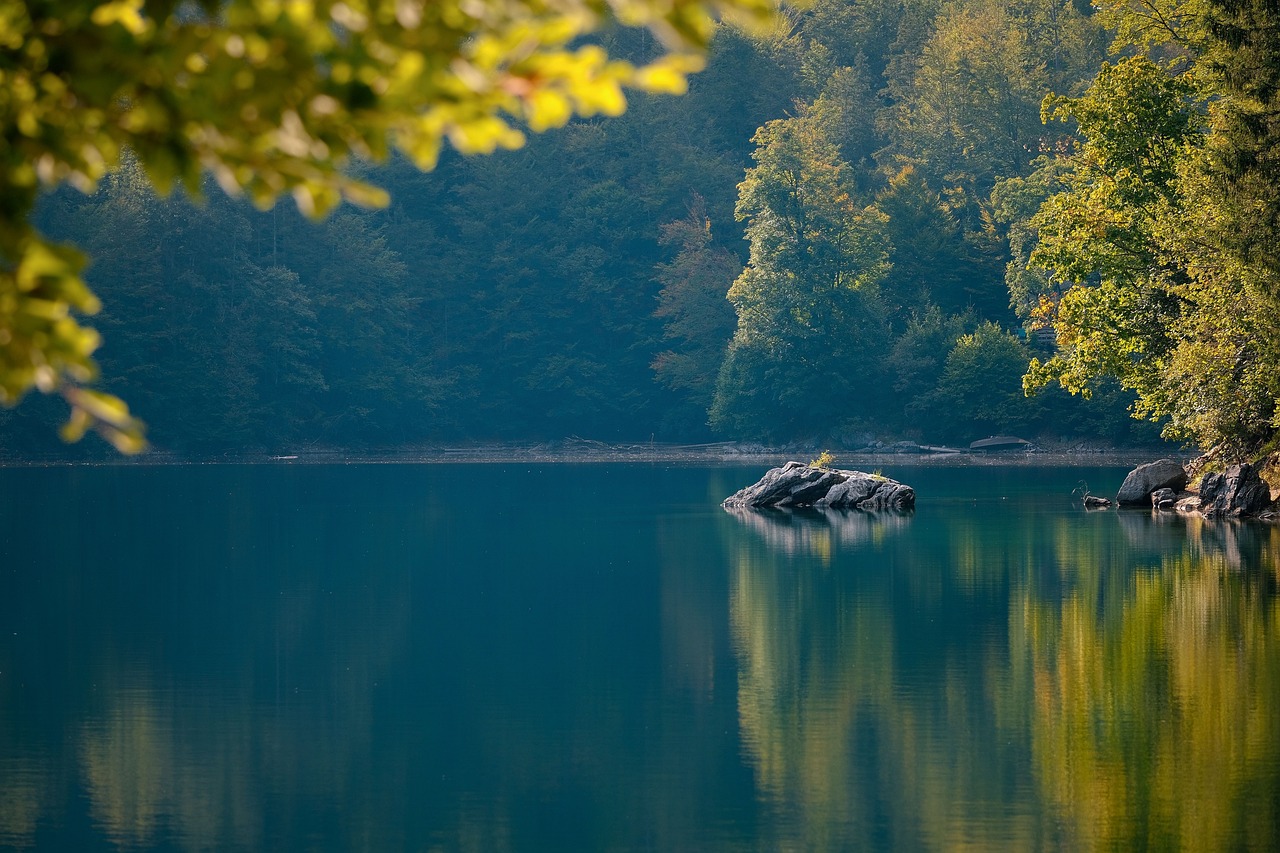
Nestled in the Sierra Nevada mountains, Lake Tahoe is a jewel of pristine waters and stunning scenery. Straddling the border of California and Nevada, the lake's crystal-clear waters are a playground for water sports enthusiasts.
In winter, the surrounding mountains transform into a snowy paradise for skiers and snowboarders. The lake's beaches and hiking trails offer relaxation and adventure in equal measure, making it a year-round destination.
With its deep blue waters framed by towering peaks, Lake Tahoe is a photographer's dream. Whether you're sailing, skiing, or simply soaking in the views, the lake's beauty is captivating.
Zion National Park (Utah)
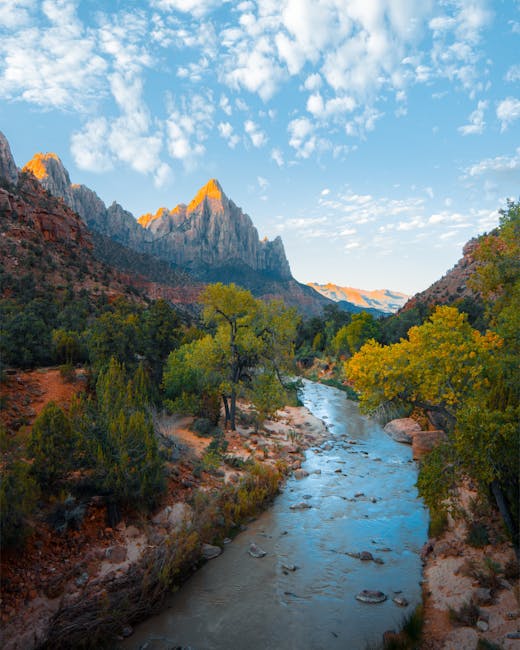
Zion National Park in Utah is a landscape of towering cliffs and narrow canyons that captivate the imagination. The park's iconic red sandstone formations, shaped by wind and water, create a dramatic backdrop for exploration.
Hiking trails like Angels Landing provide thrilling challenges and panoramic views that reward the adventurous. The park's diverse habitats support a wide range of wildlife, from desert bighorn sheep to golden eagles.
Visitors can also explore the park's hidden treasures, such as the emerald pools and the famous Narrows, a hike through a river-carved canyon. Zion's stunning scenery and geological wonders make it a must-visit destination for nature enthusiasts.
The Great Smoky Mountains (Tennessee/North Carolina)

The Great Smoky Mountains, straddling the border of Tennessee and North Carolina, are a haven of biodiversity and natural beauty. These ancient mountains are cloaked in a mystical blue haze, giving them their distinctive name.
Home to over 19,000 documented species, the park is a living laboratory for scientists and a paradise for nature lovers. The lush forests, cascading waterfalls, and scenic vistas offer endless opportunities for exploration and relaxation.
The park's rich cultural history is preserved in its historic buildings and stories of the Appalachian people. Whether hiking, wildlife watching, or simply enjoying the tranquility, the Smokies offer a glimpse into the wonder of nature.
Yellowstone National Park (Wyoming/Montana/Idaho)
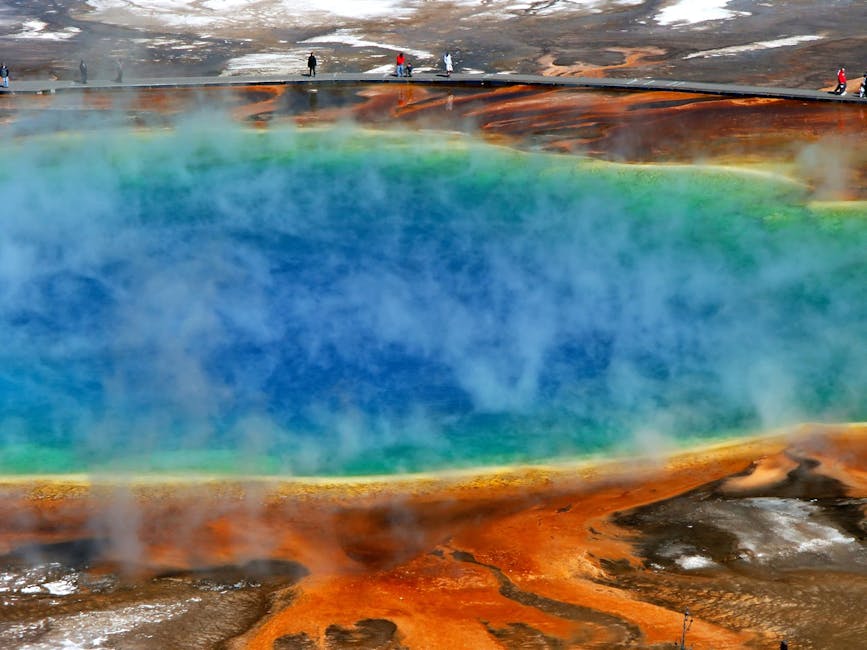
Yellowstone National Park, spread across Wyoming, Montana, and Idaho, is a geothermal wonderland and America's first national park. Home to iconic features like Old Faithful geyser and the vibrant Grand Prismatic Spring, the park's geothermal activity is a spectacle to behold.
The park's diverse landscapes range from lush forests to expansive grasslands, supporting a wide array of wildlife, including bison, grizzly bears, and wolves. Visitors can explore the park's extensive trail network, offering opportunities to witness its natural wonders up close.
With its unique geothermal features and rich wildlife, Yellowstone remains an unparalleled destination for exploration and discovery.
Glacier National Park (Montana)
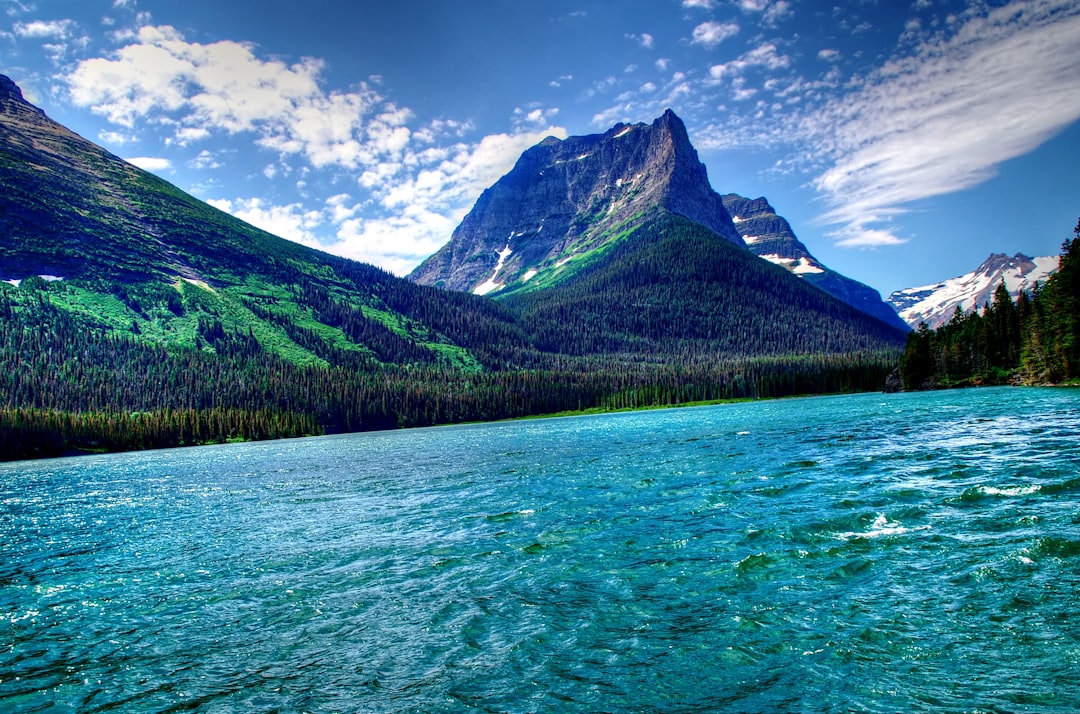
Known as the "Crown of the Continent," Glacier National Park in Montana is a stunning expanse of rugged landscapes and pristine wilderness. The park's namesake glaciers, though receding, continue to sculpt the land, creating breathtaking vistas of snow-capped peaks and glacial lakes.
The Going-to-the-Sun Road offers one of the most scenic drives in America, with panoramic views around every turn. The park's diverse ecosystems support a variety of wildlife, from mountain goats to grizzly bears.
Hiking trails range from easy walks to challenging backcountry routes, providing opportunities for adventurers of all levels. Glacier's untouched beauty and wild charm make it a must-see destination for nature lovers.
Badlands National Park (South Dakota)
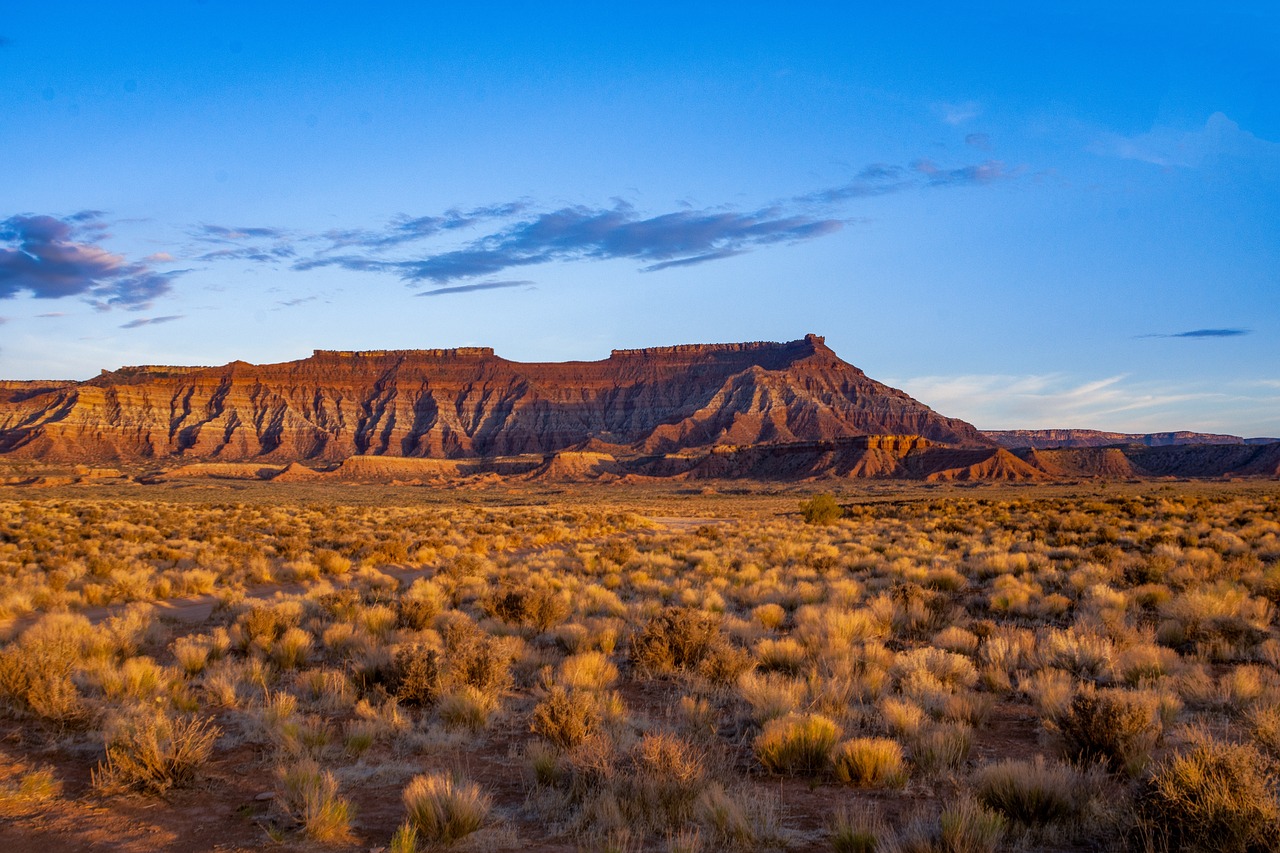
Badlands National Park in South Dakota is a landscape of striking contrasts and surreal beauty. Eroded buttes, pinnacles, and spires create a rugged terrain that seems almost otherworldly.
The park's unique geological formations reveal layers of rock deposited over millions of years, offering a glimpse into Earth's ancient past. Despite its harsh appearance, the Badlands are teeming with life, from bison and bighorn sheep to prairie dogs and rattlesnakes.
Visitors can explore the park's trails, scenic overlooks, and visitor centers to learn about its rich natural and cultural history. The Badlands' stark beauty and fascinating geology make it a captivating destination for explorers and photographers.
Bryce Canyon National Park (Utah)
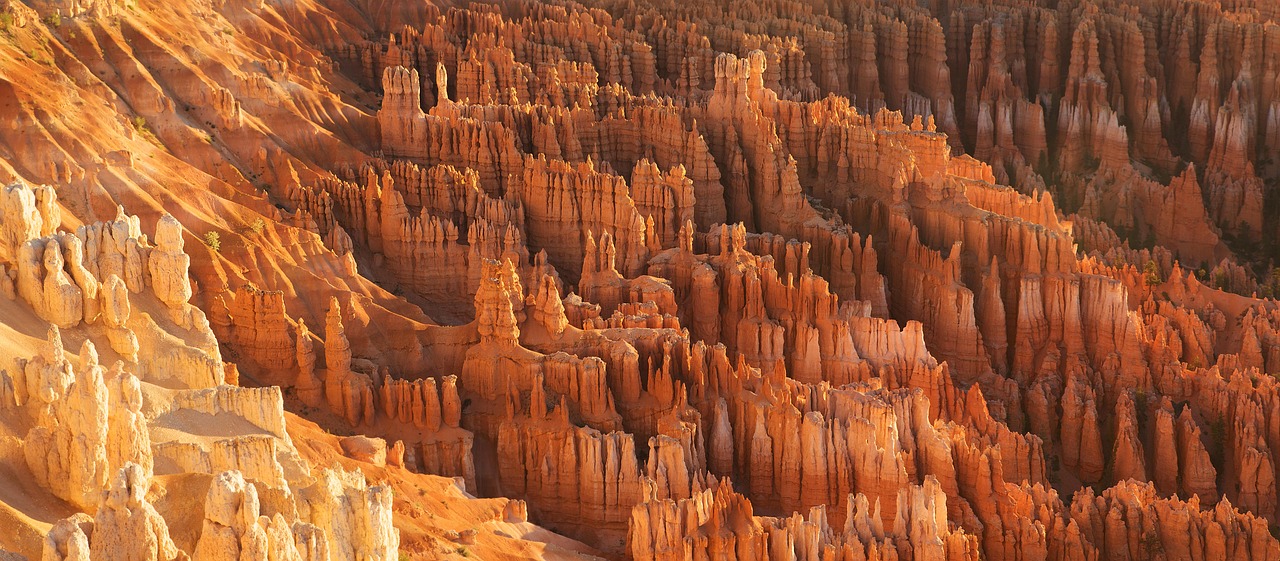
Bryce Canyon National Park in Utah is a wonderland of vibrant colors and unique rock formations. The park's iconic hoodoos, tall spires of rock, create an otherworldly landscape that captivates visitors.
These formations, sculpted by frost and erosion, glow in shades of red, orange, and white, especially during sunrise and sunset. The park offers a variety of hiking trails, ranging from easy walks along the rim to challenging descents into the canyon.
Wildlife such as mule deer and prairie dogs can be spotted throughout the park, adding to its natural charm. Bryce Canyon's stunning vistas and geological wonders make it a must-visit destination for nature enthusiasts.
Everglades National Park (Florida)
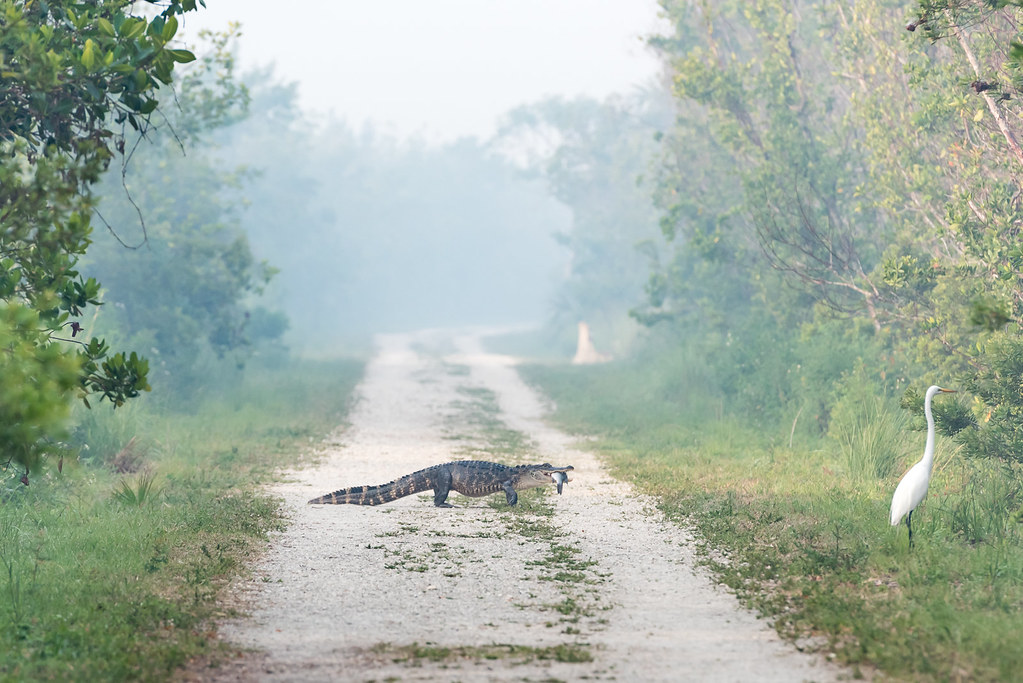
Everglades National Park in Florida is a vast and unique ecosystem of subtropical wetlands and diverse wildlife. The park is a haven for birdwatchers, with over 360 species of birds, including the iconic roseate spoonbill and the elusive snail kite.
The Everglades' waterways and marshes provide a home for a wide range of wildlife, including alligators, manatees, and the endangered Florida panther. Visitors can explore the park by canoe, kayak, or airboat, offering a close-up view of its unique habitats.
The park's diverse ecosystems and rich biodiversity make it a vital and fascinating destination for nature lovers.
The Pacific Coast Highway (California)
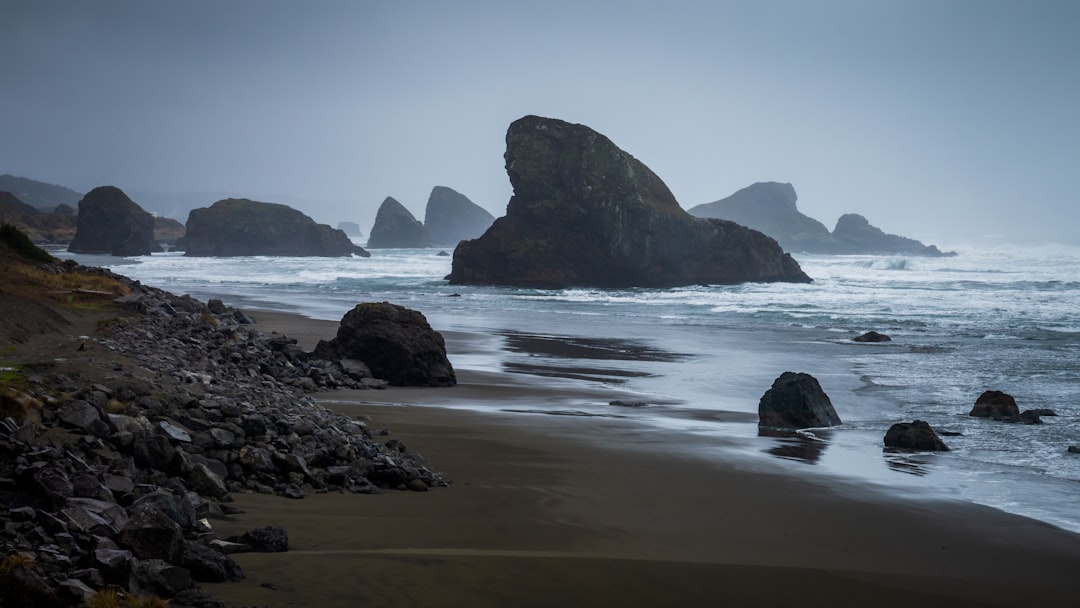
The Pacific Coast Highway in California is a scenic drive that offers breathtaking views of the Pacific Ocean and the rugged coastline. Stretching over 600 miles, the highway winds through charming coastal towns, lush forests, and dramatic cliffs.
Highlights include the iconic Bixby Creek Bridge, the charming town of Big Sur, and the stunning vistas of Point Reyes National Seashore. The drive offers endless opportunities for exploration, with numerous state parks, beaches, and hiking trails along the way.
Whether you're seeking adventure or relaxation, the Pacific Coast Highway provides a stunning backdrop for an unforgettable journey.
Denali National Park (Alaska)

Denali National Park in Alaska is a wilderness of unparalleled beauty and grandeur. Dominated by Denali, North America's tallest peak, the park's landscapes range from lush lowland forests to alpine tundra.
The park's diverse ecosystems support a variety of wildlife, including grizzly bears, moose, and caribou. Visitors can explore the park on foot, by bike, or on a guided bus tour, offering opportunities to witness its natural wonders up close.
The park's remote location and stunning vistas make it a must-visit destination for adventurers and nature lovers. Denali's wild beauty and awe-inspiring landscapes offer a glimpse into the heart of Alaska's wilderness.
Lake Michigan (Michigan)

Lake Michigan, one of the Great Lakes, is a vast expanse of freshwater that offers endless opportunities for recreation and exploration. Its sandy beaches, towering dunes, and crystal-clear waters attract visitors year-round.
From the bustling city of Chicago to the tranquil shores of Sleeping Bear Dunes, Lake Michigan offers a diverse range of experiences. The lake's waters are a playground for boaters, anglers, and water sports enthusiasts, while its shores offer hiking, biking, and camping opportunities.
Whether you're seeking adventure or relaxation, Lake Michigan's natural beauty and recreational opportunities make it a must-visit destination.
What do you think about this topic? Share your thoughts in the comments below — we'd love to hear from you! Want more stories like this? Follow us and never miss out!

